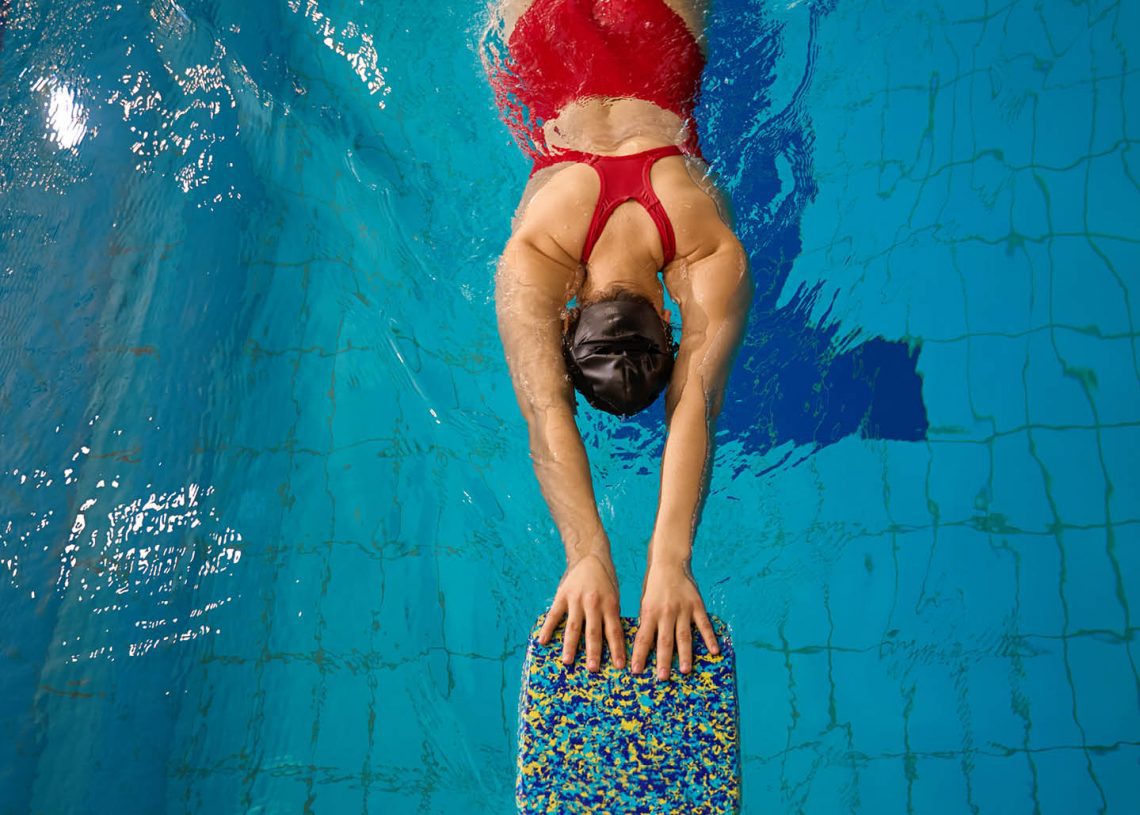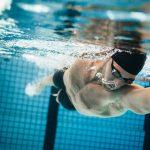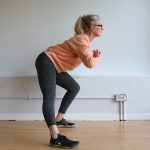
How to do a self analysis of your swimming
Simon Griffiths plans out a training session that finds out more about how you swim and where there are opportunities for improvement.
Ella, our editor, gave me a challenge for this month: please can you write a training session that aligns with our ‘Rest and Reflection’ theme? Training doesn’t sound like it belongs in the same sentence as rest and reflection, but why not? Swimming can be restorative and training can be thoughtful.
It’s possible to use your pool time to find out more about how you swim and where the opportunities are for improvement. Tune into your body and the feeling of how it moves through the water. Choose a body part at a time and, without changing anything, try to track its movement. Don’t judge, just observe. Once you’ve gathered the information, you can make informed decisions about what to bring into your future training.
Swim self-analysis training session
Warm up
10 minutes of easy, relaxed swimming. Your choice of stroke.
Set 1
Swim 6 x 50m, concentrating on each of the following in turn. Observe but don’t try to change anything, and don’t pass any judgement. You’re just finding facts. If you can, get someone to film you so that afterwards you can compare what it felt like to what you see as an impartial observer.
- Breathing. Do you breathe out steadily while your face is in the water, explosively just before you turn for air, or try to breathe out and in while your mouth is out of the water?
- Head. What is your natural head position? Do you look forward, straight down or somewhere in between? How much do you turn your head when you breathe? What can you see – the pool side or the ceiling?
- Noise. What can you hear as you swim? How do your hands sound when they enter and exit the water? Can you hear your legs kicking?
- Body. Can you feel if your body is horizontal in the water or does the lower half sink? How much does it rotate from one side to the other as you swim? Is it the same both sides? Is the rotation driven by your shoulders or your hips?
- Legs. How hard are you kicking? Are you driving your kick from your hip or your knees? Do your toes tap as they cross? Do your legs stay in line with your body? How often do you kick (eg, 1 kick for every arm pull or 3)?
- Hands. What part of the hand enters the water first (fingertips or thumb)? Do they slice into the water or slap down onto it? What happens to the angle of the hand as you reach forward? Do you press the water down before you push it backwards? Where does your hand exit the water in relation to your hips?
This article is from the January 2023 issue of Outdoor Swimmer. Click here to subscribe to the print magazine. Read more tips and advice for swim training.
To see all the online content from the January 2023 issue of Outdoor Swimmer, visit the 'Rest & Reflection' page.







